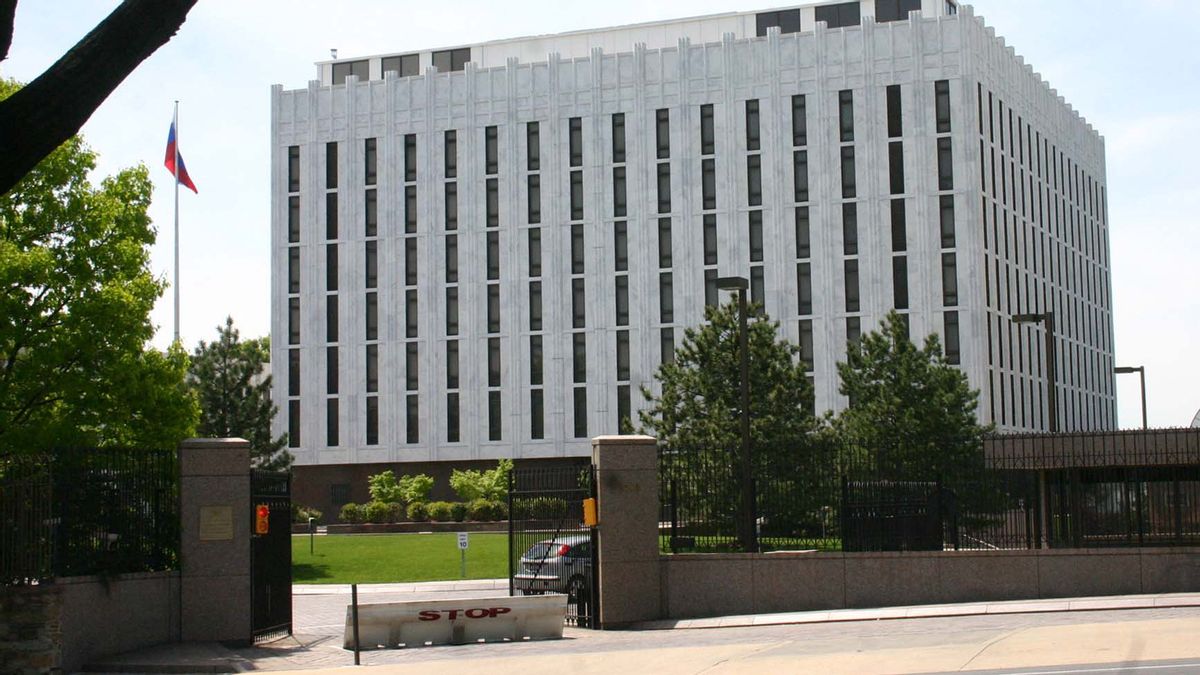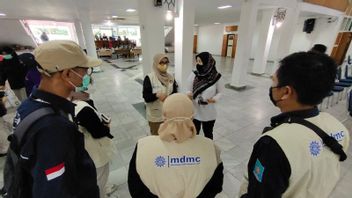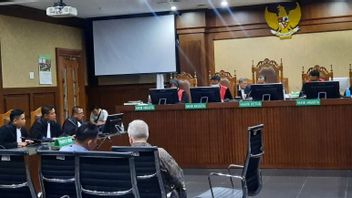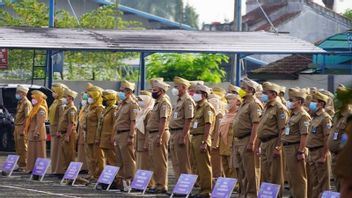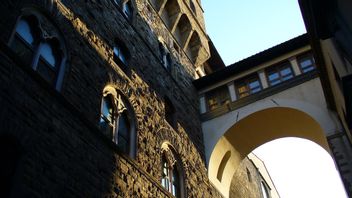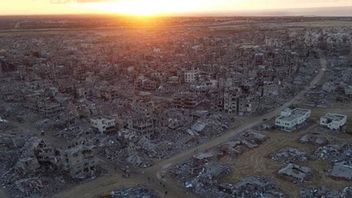
The secret hall that crosses one of Italy's most famous city views, opened to the public for the first time last month.
The valley, known as Corridio Vasariano or Vasari Corridor, was originally built so that the aristocrats of Florence in the past could run unnoticed and away from ordinary citizens.
More like the private pedestrian path that crossed downtown Florence, the 750 meter (2,460 ft) long hallway was designed for the ruling Never dynasty in 1565 by artist and architect Giorgio Vasari, quoted by CNN January 25.
The line, which was built in just five months for Duke Cosimo I de 'Obviously', connects the three most famous places in Florence: Palazzo Vecchio (city political center), the Uffizi Gallery (formerly the offices of the rulers, or "uffici"), and the Palazzo Pitti, where the family lives.
The footpath allows them to travel between homes and offices, without being disturbed by the general public or being attacked by their enemies.
Now, this place offers a "secret" aisle through some of Florence's most famous areas with stunning views, but no crowds you'll find outside.
As crowds form piles of wood along the Ponte Vecchio a famous medieval bridge in Florence filled with shops those in the corridor will happily pass through it, enjoying the same view of the city, but there is no chaos.
The view of this corridor is thanks to the height of the path spanning over buildings, palaces, towers including along the Ponte Vecchio peak.
The main obstacle of the corridor, which stretches from Uffizi to Boboli Park outside the Pitti Palazzo, opened to the public in December.
This is the first time in the history of ordinary people being able to access it. For centuries, this place has been a secret path for the Grand Duke of Tuscany, even their staff members cannot get through it.
In recent decades, this corridor has opened to those willing to pay a heavy fee for exclusive access. However, the corridor closed in 2016 for health and safety reasons.
Now, those who buy tickets for 20 euros will be accompanied by a group of 25 people. While it continues, there will be time to take pictures.
This corridor stretches from the second floor of Uffizi, where a door guides visitors down 58 steps to a high-walled space with a wall painting. From there, this corridor decreased again into a corridor: a closed footpath, coated with teracity bricks, with windows of ships facing the streets on the right, and a large square window every four feet or so, overlooking the Arno river.
Then, this corridor stretches along the Ponte Vecchio peak, with a series of panoramic windows in its center, added by dictator Benito Mussolini who will escort Adolf Hitler who was fascinated through the corridor. Hitler then rescued Ponte Vecchio, while he destroyed all the other Florence bridges during World War II.
Leaving the Ponte Vecchio, the corridor then circled the medieval tower, through the church roof, and exited Boboli Park, alongside Grotta del Buontalenti, a 16th-century water feature. Visitors will then be escorted to the Pitti Palazzo, where they can continue their own visit (by ticket) or out through the large page.
There are a total of 106 steps that must be taken during the trip, although there is no need to ride them anymore, and there is a ladder elevator for those with special needs.
Director of Uffizi Simone Verde told CNN the corridor was a "messical place for the Western world" that had previously been "only a few open to visit." It was a pile-up linking the "fort"officials in Florence, he said, calling it a "parallel city in the city."
He added that the construction of the corridor, which was modeled on two similar buildings in Rome, talked about the importance of culture forficial political projects.
"This is a new thing for the Renaissance elements of the government culture," he said.
"The culture created here is a driving force for all courts in modern Europe," he added.
A visit to the renovated corridor, he said, "not just a fantastic destination, but also a journey into the world's vision."
In the past, this corridor was filled with more than 1,000 works of art from the 18th century onwards, including a collection of very large self-ports. However, now the walls are empty recreating the feel of the original building in the 1500s. Verde indicated he would eventually hang up his artwork in it in the future.
For now, visitors will enjoy the view of the city from the corner only enjoyed by the elites, as they peer through hotel and office windows, walk over the crowd at Ponte Vecchio, and peek into Santa Felicita's church, which is not visible to anyone below.
No panel explains the history and companion of the group will not provide guided tours, so visitors who want to do more than just admire the view need to read history before their visit.
SEE ALSO:
It is known, entrance tickets to galleries and corridors cost 43 euros and can be used for two hours in the gallery before heading to the corridor (pay attention to the time visitors will not be allowed to re-enter the gallery).
Or, visitors can pay 20 euros in addition to Uffizi tickets that have been purchased, depending on availability.
Interestingly, there will be free admission tickets every first Sunday every month, although reservations for the next few months are full.
The English, Chinese, Japanese, Arabic, and French versions are automatically generated by the AI. So there may still be inaccuracies in translating, please always see Indonesian as our main language. (system supported by DigitalSiber.id)





